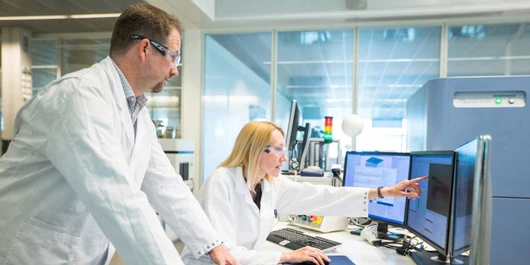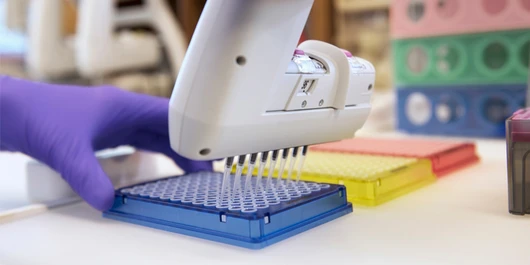Novartis Gene Therapies request
Novartis Gene Therapies wants to ensure that physicians, researchers, and other healthcare professionals have access to complete, up-to-date, and balanced scientific information regarding gene therapy treatment, research and investigational therapies.
Contact Novartis Gene Therapies
Please direct any of your medical inquiries to the Novartis Gene Therapies Medical Information in the US (Healthcare Professionals, Consumers), Europe, Middle East and Africa, Latin America and Canada, or Asia-Pacific and Australia. Visit the Novartis Gene Therapies Medical Information website for additional information.
Side effects of Novartis medicines can be reported online or to local Novartis Drug Safety Responsible at novartis.com/report.
Managed Access Program
The Novartis Gene Therapies "Managed Access Program" makes investigational or unapproved treatments available to eligible patients with serious or life-threatening diseases.




